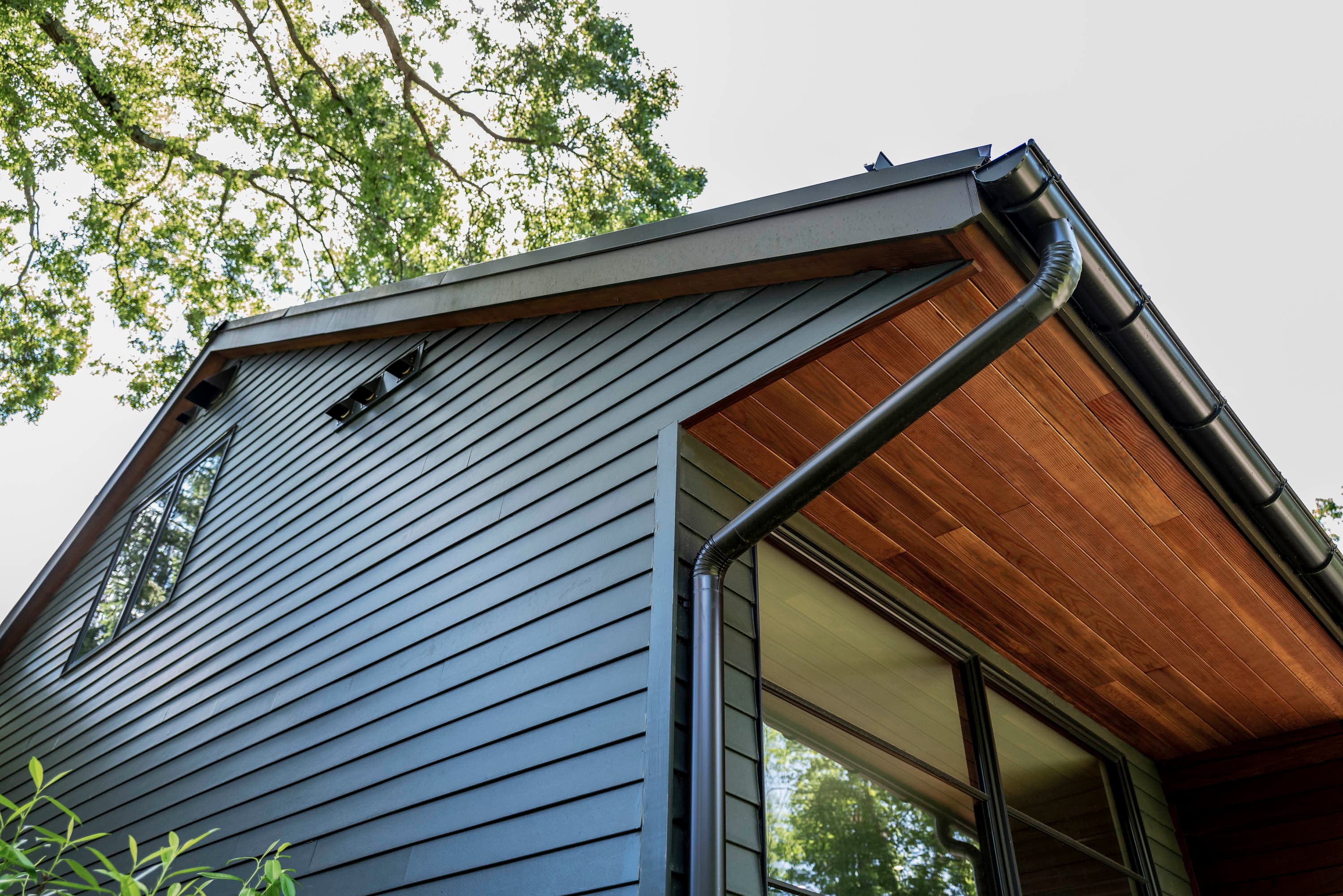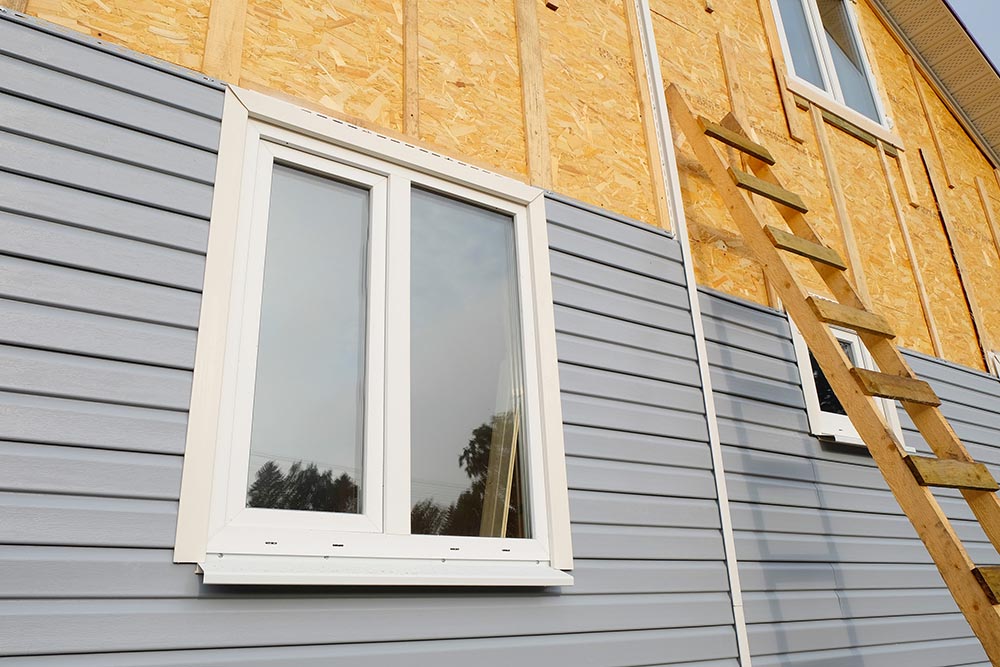House exterior contractors: Frequent Cladding Problems and Ways to Repair Them
Exterior renovation contractors: Specialist Exterior Panel Remediation Can Boost Your Home'S Curb Appeal And Safeguard It From Weather Damage
Types of Siding Products
When it concerns siding repair work, comprehending the different kinds of siding materials can make a world of difference. Ever observed how some homes use their siding like a badge of honor, while others appear to battle with peeling, breaking, or warping? That's due to the fact that each material has its own peculiarities and peculiarities demand customized fixes. So, what are the usual suspects?
1. Vinyl Siding
Vinyl siding is typically the go-to option for numerous house owners due to its cost and low upkeep. But do not let the ease fool you-- vinyl can split or become brittle in time, particularly in cold climates. Have you ever tapped on vinyl siding and heard a hollow noise? That's typically an indication that repair work are sneaking in your future. Fortunately? Repairing vinyl typically means replacing just the damaged panels rather than the entire wall.
2. Wood Siding
Wood siding holds an ageless charm, stimulating pictures of comfortable cabins or classic homes. It's a double-edged sword; wetness and bugs can turn this charm into a maintenance headache. If you've ever spotted peeling paint or soft areas, you're taking a look at early indication. Resolving wood siding damage rapidly avoids rot from spreading like wildfire. Remember, a little sanding and caulking can sometimes work marvels, however extensive damage might require complete plank replacements.
3. Fiber Cement Siding
Fiber cement is the chameleon of siding products-- it mimics wood, stone, or stucco with unexpected accuracy. Resilient and fireproof, it's a favorite amongst those desiring longevity. Nevertheless, its difficult exterior isn't immune to fractures or chips. Repair work frequently involve patching and repainting, however beware: inappropriate fixes can lead to water infiltration, the arch-nemesis of all siding. Have you ever seen a little crack masquerade as harmless, just to reveal a soggy headache behind the scenes?
4. Metal Siding
Metal siding, whether aluminum or steel, shines with contemporary appeal and strength. Yet, damages from hail or unintentional effects can mar its surface area. Rust is another bad guy hiding if protective finishings wear thin. Prompt repairs, consisting of sealing and repainting, can stop deterioration in its tracks. Overlooking these signs? That resembles leaving a tiny hole in a ship's hull and hoping it won't sink.
Common Signs Suggesting Siding Repair Work Requirements
- Fractures or splits in panels
- Fading or peeling paint
- Deforming or buckling surfaces
- Soft or decayed locations in wood
- Dents or rust areas on metal
- Loose or missing pieces
Quick Comparison Table of Siding Products
| Product | Sturdiness | Maintenance | Repair work Complexity |
|---|---|---|---|
| Vinyl | Moderate | Low | Easy |
| Wood | Variable | High | Moderate to Complex |
| Fiber Cement | High | Moderate | Moderate |
| Metal | High | Moderate | Moderate |
Unraveling the A Lot Of Regular Siding Damage
Have you ever observed the subtle fractures creeping along your home's outside, just to dismiss them as safe? Those tiny fissures are frequently the first whispers of more considerable trouble. Weather's ruthless assault-- from hail to scorching sun-- can require siding to warp, split, or even decay.
Secret Offenders Behind Siding Use and Tear
- Wetness Intrusion: Water sneaking behind siding panels can trigger rot and mold, especially if your home's drainage isn't ideal.
- UV Radiation: Sunshine can fade colors and deteriorate materials, making them fragile over time.
- Physical Effect: From roaming baseballs to tree branches, impacts leave dents or holes that jeopardize siding's stability.
- Insect Problem: Termites and carpenter ants can silently delight in wood siding, leaving structural vulnerabilities.
Identifying Signs Before They Intensify
Imagine strolling previous your home and finding a spot where the paint peels like old parchment-- what's actually happening there? Peeling paint frequently signifies trapped moisture beneath the surface, recommending that water has breached the siding's protective barrier.
Another sneaky indicator is contorting. When boards twist or bow, it's not just a visual flaw; it points to prolonged direct exposure to moisture or heat. Overlooking this can invite bugs and speed up decay.
Professional Tips to Identify and Prevent Covert Damage
- Regular Examinations: Walk your home's boundary every season, inspecting for loose or broken panels.
- Tap Screening: An easy knock can reveal hollow areas suggesting rot or pest activity.
- Preserve Correct Drain: Ensure rain gutters direct water away from siding to decrease moisture accumulation.
- Ventilation Matters: Proper airflow behind siding avoids condensation that results in mold and rot.
The Cause And Effect of Neglected Siding Damage
Letting a minor crack stick around is like leaving a door ajar for unwelcome visitors. Wetness, insects, and temperature fluctuations make use of these vulnerabilities, turning small repair work into substantial remediation projects. Once paint peels and wood warps, the underlying structure often suffers calmly, concealed from plain view but shouting in requirement of attention.
Essential Tools for Accuracy in Siding Repair
When taking on siding repair work, the right tools change a daunting task into a manageable project. Think of trying to pry off damaged siding with a screwdriver-- aggravating, ineffective, and most likely to cause more harm than good. Rather, a cat's paw or a specialized siding removal tool slides below the boards with ease, sparing the surrounding material.
Here's a compact toolbox every property owner or expert must have:
- Utility knife: For scoring and trimming vinyl or fiber cement siding with surgical accuracy.
- Hammer and pry bar: Necessary for thoroughly eliminating nails and separating boards without splintering.
- Caulking weapon: To seal spaces and prevent water seepage, since wetness is the quiet opponent of any siding.
- Measuring tape and chalk line: For exact cuts and alignment-- absolutely nothing screams 'amateur' like misaligned siding.
- Power drill: Speeds up securing and can be coupled with a range of bits to take on different siding products.
- Level: Guarantees your siding sits completely directly, preventing those subtle angles that become eyesores in time.

Products That Make or Break Your Repair work
Picking the right products isn't simply about matching colors or designs; it has to do with durability and compatibility. Vinyl siding replacement panels, wood slabs, fiber cement boards-- all have unique attributes that require respect.
Ever tried to patch an area with mismatched product? It resembles covering a hole in a canvas with paper-- short-term and aesthetically disconcerting. Here's a quick rundown of what to think about:
| Material Type | Finest Use | Key Characteristics |
|---|---|---|
| Vinyl | Residential homes with moderate weather condition direct exposure | Low upkeep, colorfast, but can crack in extreme cold |
| Wood | Traditional or rustic looks | Needs regular sealing; vulnerable to rot and pests if disregarded |
| Fiber Cement | Long lasting choice for high-moisture environments | Fireproof, heavy, requires carbide-tipped tools for cutting |
Professional Tips for Material Handling and Setup
Here's a nugget many ignore: constantly accustom fiber cement siding before installation. Let those panels sit in the environment where they'll be set up for at least two days. This basic action prevents warping and ensures a tight fit.
Never ever ignore the power of a well-placed bead of high-quality exterior caulk. This can prevent the perilous creep of wetness behind the siding-- wetness that invites mold, mildew, and ultimate structural decay.
One final idea: when removing harmed siding, secure underlying insulation and sheathing. A gentle touch here conserves hours of extra work and money down the line.
Step-by-Step Repair Work Process
Ever noticed a stubborn crack slipping through your siding, whispering tales of water invasion? It's not just an eyesore-- it's an open invite to rot and mold. Disregarding it can turn a small repair into a gigantic headache. Let's break down the process of siding repair with precision and care.
1. Inspection and Preparation
Do not rush to rip off panels. Start with a careful assessment. Look for warping, loose nails, and hidden moisture below the siding. Utilize a moisture meter if you can-- it's a professional's secret weapon. Preparation suggests more than just clearing debris; it involves securing neighboring plants and surface areas from dust and paint.
2. Getting Rid Of Broken Areas
Here's where the skill can be found in. Pry off broken areas carefully, avoiding harm to surrounding pieces. A siding removal tool or zip tool can make this a breeze, preventing unneeded damage. Remember, the goal is to preserve the stability of the structure underneath.

3. Cutting and Fitting Replacement Panels
Accuracy is everything. Measure twice, cut as soon as. When cutting replacement siding, somewhat bevel the edges to guarantee water sheds effectively. This little detail typically gets overlooked but can prevent future water damage. Likewise, stagger the seams to simulate the initial pattern for a smooth appearance.
4. Protecting and Sealing
Usage galvanized nails to avoid rust, and never ever drive nails too tight; enable some wiggle space for expansion. Sealing is your final guardian-- use a high-quality, paintable caulk around edges and joints. This obstructs moisture and keeps pests at bay. Keep in mind, even the tiniest gap can end up being a gateway for damage.
Expert Tips
- Constantly repair work siding on a dry, mild day-- humidity can impact paint adhesion and caulk curing.
- Use a level to ensure each panel lines up completely; misaligned siding is more than a visual defect-- it signifies potential structural issues.
- Keep a replacement panel or 2 on hand for future fast fixes-- absolutely nothing beats readiness.
Common Mistakes to Prevent
| Error | Why It Matters | Pro Recommendations |
|---|---|---|
| Overdriving nails | Restricts siding growth, causing buckling | Leave about 1/32 inch clearance in between nail head and siding |
| Skipping moisture check | Missed out on water damage causes hidden rot | Usage wetness meter before setup |
| Overlooking flashing | Water leaks behind siding, causing decay | Check and fix flashing throughout siding replacement |
Have you ever wondered why some siding repair work fail within months? The devil depends on the details: here improper sealing, careless nailing, or ignoring wetness concerns. When carried out with know-how, siding repair not just restores your home's charm however strengthens it versus the aspects for many years to come.